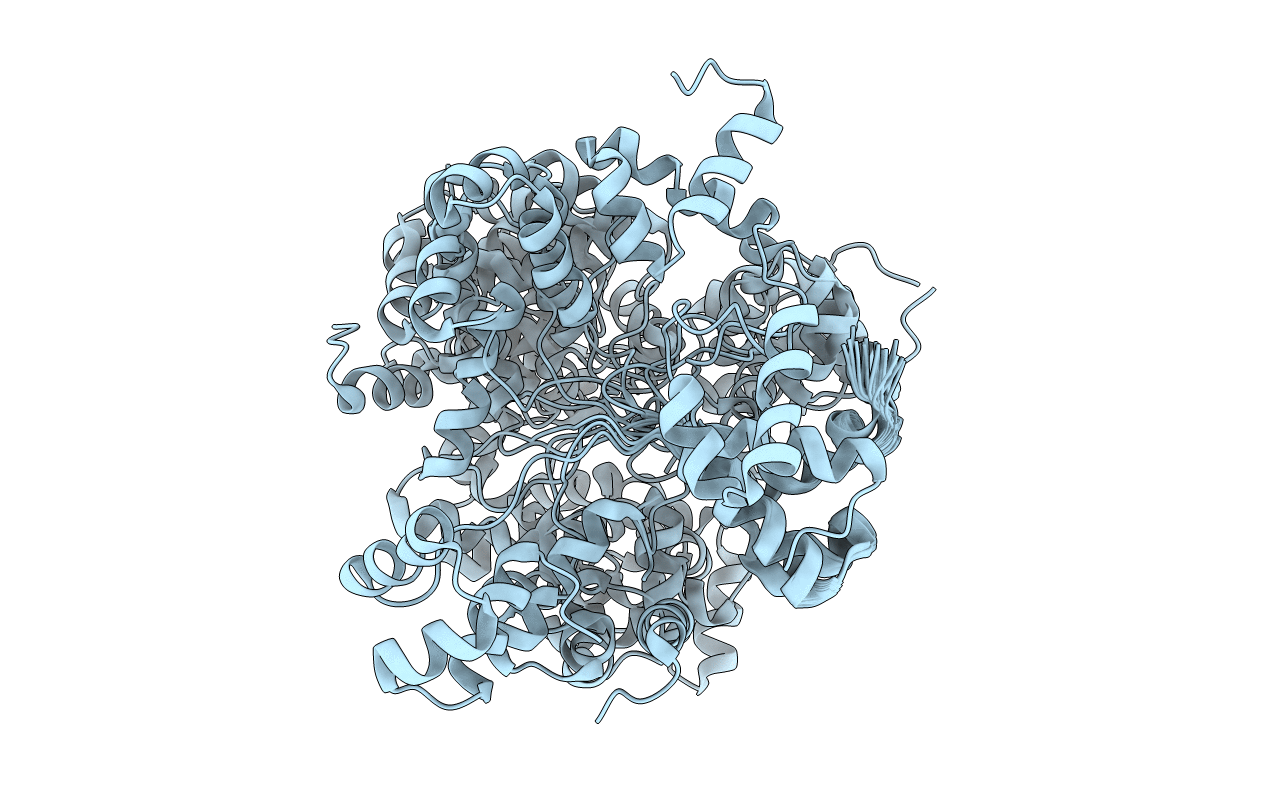
Deposition Date
2012-07-11
Release Date
2013-01-23
Last Version Date
2024-05-15
Entry Detail
PDB ID:
2LVS
Keywords:
Title:
NMR solution structure of a CRISPR repeat binding protein
Biological Source:
Source Organism:
Hyperthermus butylicus (Taxon ID: 415426)
Host Organism:
Method Details:
Experimental Method:
Conformers Calculated:
100
Conformers Submitted:
20
Selection Criteria:
structures with the lowest energy


